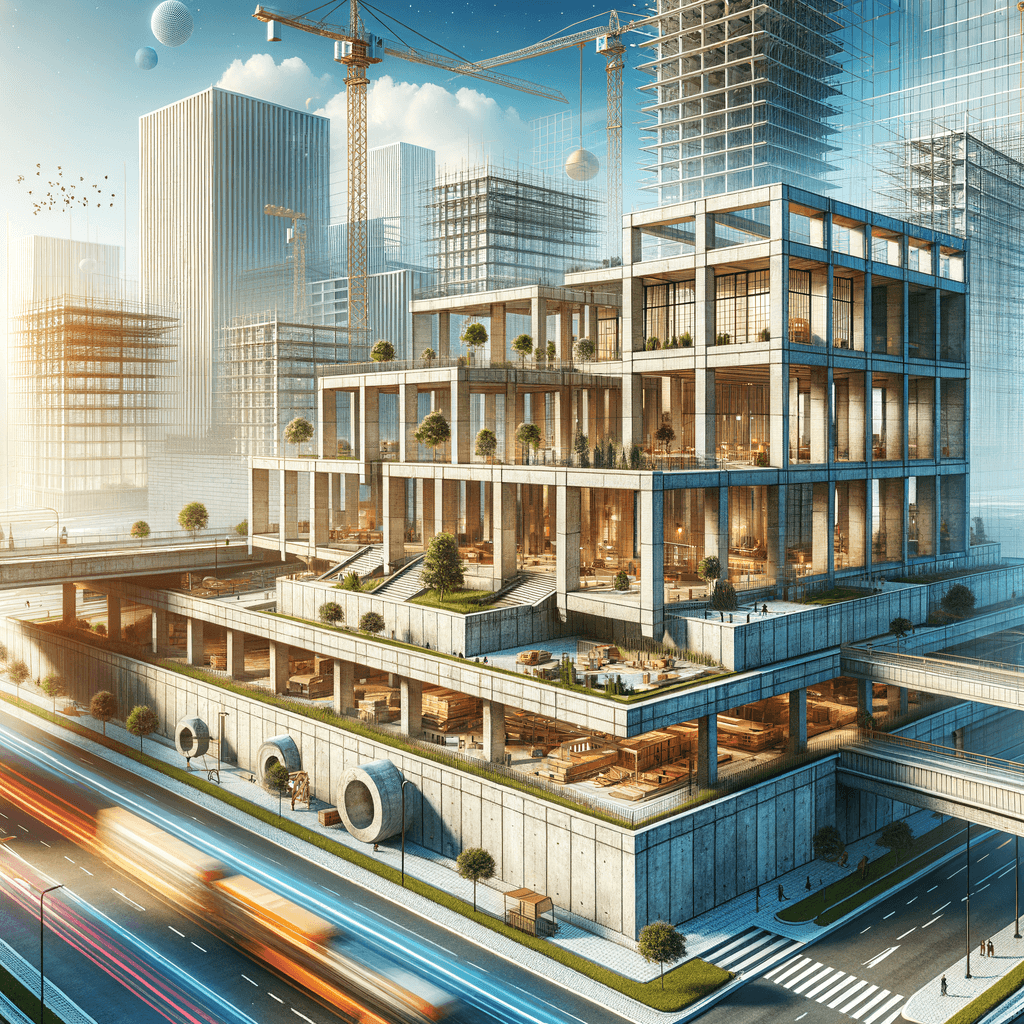
Integrating Concrete Retaining Walls: Structural Solutions and Modern Design Trends
By Total Care Concrete Sun Oct 26 20257 minutes

The Purpose and Importance of Concrete Retaining Walls
Concrete retaining walls serve as both structural and aesthetic elements in landscape and civil engineering. They are essential for managing soil erosion, creating level terraces, and supporting changes in elevation on both residential and commercial properties. With the increasing need for functional outdoor spaces, retaining walls have become a cornerstone of modern landscape design.“A well-engineered retaining wall is the backbone of a stable and visually striking landscape.”
Key Structural Considerations in Retaining Wall Construction
Building a concrete retaining wall requires more than just pouring concrete. Site assessment, load calculations, and drainage planning are crucial for long-term performance. Ignoring these can lead to premature failure, costly repairs, and even safety hazards. Understanding the engineering behind each wall ensures durability and peace of mind.- Site-specific soil analysis to determine load-bearing capacity
- Hydrostatic pressure management through integrated drainage systems
- Proper footing design for stability and frost resistance
- Reinforcement with steel rebar or geogrid for added strength
Modern Design Trends for Concrete Retaining Walls
Retaining walls are no longer purely utilitarian. Today’s designs incorporate form and function, blending seamlessly with surrounding architecture and landscape. Innovative finishes and modular systems allow homeowners and designers to create visually engaging outdoor environments that reflect personal style and property value.- Textured or board-formed concrete for a natural look
- Segmental retaining wall blocks for modular versatility
- Incorporation of lighting and seating for multi-use spaces
- Color additives and surface treatments to match landscape themes
Comparing Concrete Retaining Wall Types: Cast-in-Place vs. Precast vs. Segmental
Choosing the right type of concrete retaining wall depends on site conditions, budget, and desired aesthetics. Each method offers distinct advantages and limitations, making it essential to weigh options before breaking ground.| Type | Key Features | Best Use Cases |
| Cast-in-Place | Customizable, monolithic structure | Large-scale, curved, or high-load walls |
| Precast | Factory-made, fast installation | Straight walls, time-sensitive projects |
| Segmental | Modular, dry-stacked, flexible | DIY projects, small to medium walls |
Maintenance and Longevity: Ensuring Decades of Performance
While concrete is renowned for its durability, retaining walls require periodic inspection and care to maximize lifespan. Proactive maintenance prevents minor issues from escalating into major structural concerns, safeguarding your investment and the surrounding landscape.- Inspect for cracks or movement annually
- Clear weep holes and drainage outlets regularly
- Repair minor surface damage with concrete patch products
- Reapply protective sealers every 3–5 years
“Preventative maintenance is the secret to a retaining wall that stands the test of time.”